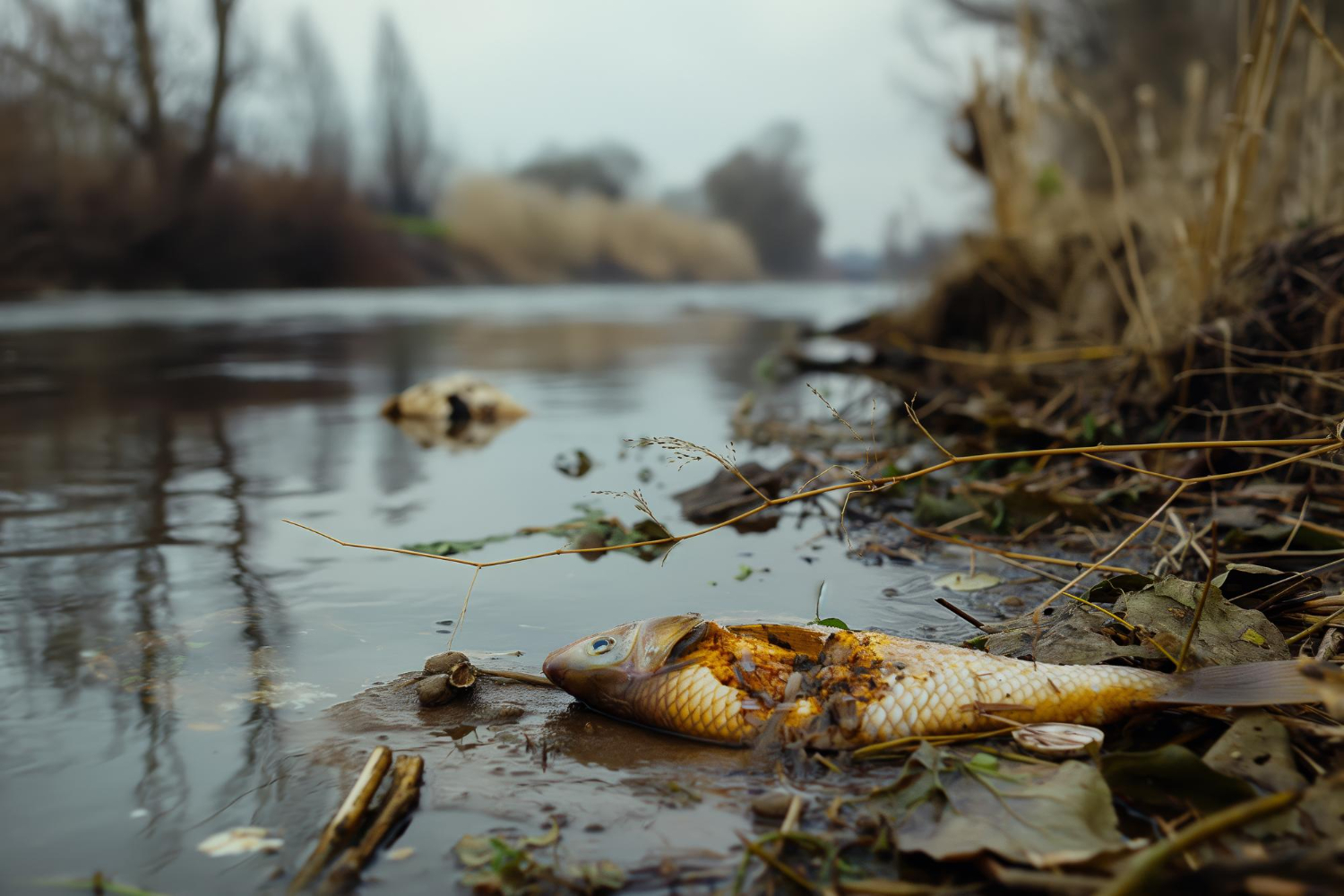Recently, changes in the pollution characteristics of the Desna River have been recorded. It has been found that organic substances, which pose a potential threat to the ecosystem, are present 38 kilometers from Chernihiv. This information was reported by the Ministry of Environmental Protection and Natural Resources of Ukraine.
Read more: An analysis of the state of organization and provision of social services in six regions of Ukraine has been presented
Key Changes and Observations:
Pollution Status
The nature of pollution in the Desna River has changed. It is no longer spreading as a continuous break but is moving along the deepest part of the river and settling on the bottom. The water appears gray and has an unpleasant odor, with low levels of dissolved oxygen and high chemical oxygen demand. Manganese levels have been exceeded due to the decomposition of dead fish.
Rate of Pollution Spread
According to the State Water Agency, the rate of pollution movement has been slowing down over the past five days. On September 3, the spread rate was 10 km/day, while on September 4 it increased to 20 km/day. The rate of pollution spread varies depending on the winding of the riverbed.
Oxygenation Measures
Measures are being taken to oxygenate the surface water in the Desna River before Chernihiv to improve its quality and support aquatic life.
Fish Mortality and Measures
Experts from the State Ecological Inspectorate, along with the fish protection patrol, are working on capturing dead fish. As of today, 8 tons of dead fish have been collected in Chernihiv Oblast and over 12 tons in Sumy Oblast. To save the live fish, local authorities and activists are clearing the river’s tributaries, allowing fish to move to less polluted areas.
Control of Fish and Water
To ensure sanitary and epidemiological safety, the State Consumer Service and the State Ecological Inspectorate have implemented enhanced control measures for the sale of fish in these regions. The public has been informed about the potential danger of using water from the Seym and Desna rivers for drinking livestock and watering crops. No cases of trading in fish that have died in the rivers have been detected so far.
This situation highlights the importance of monitoring environmental conditions and taking prompt actions to minimize the negative impact on the environment and public health.



